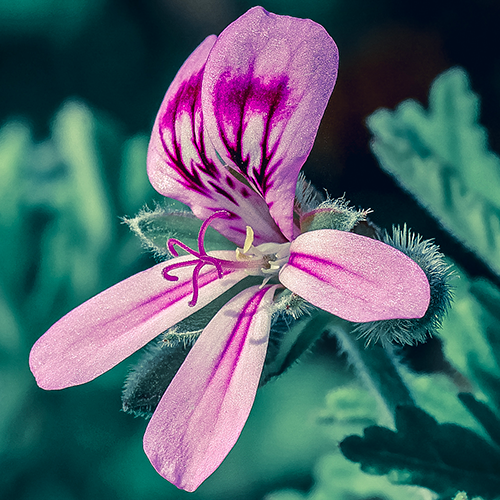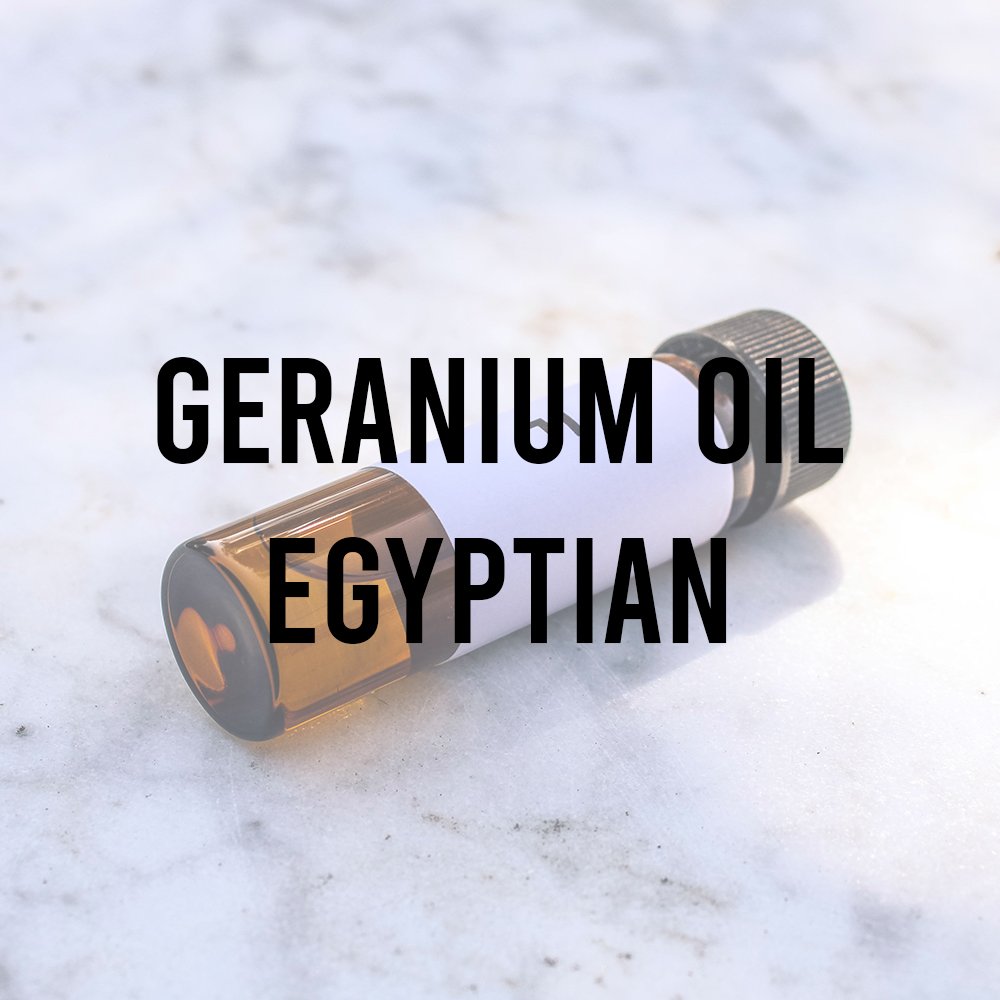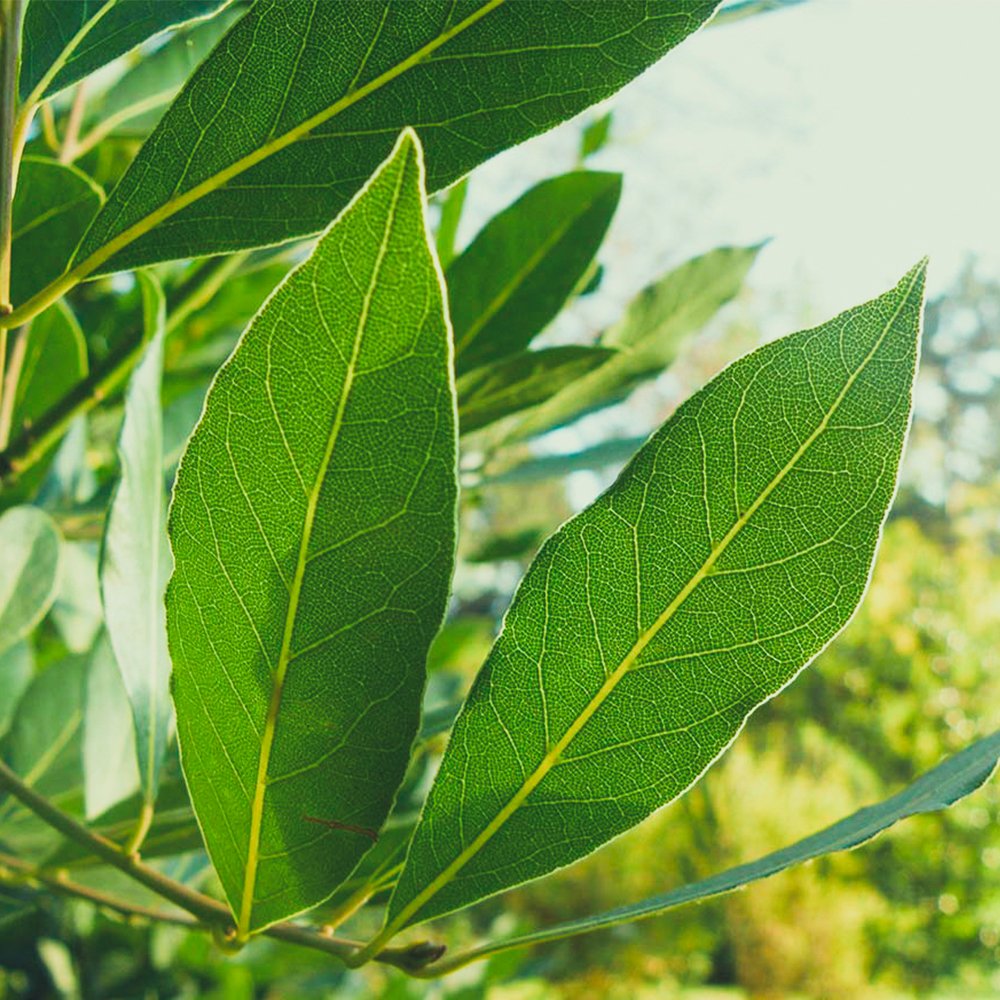Sandalwood Oil
Premium Natural Ingredient for Perfumery
Sandalwood Oil is a natural essential oil distilled from the heartwood of Santalum species, most notably Santalum album. Renowned for its rich, soft, and persistent woody character, it delivers a sweet, lactonic, and slightly creamy aroma with exceptional tenacity. In perfumery, it functions as a fixative and base modifier, anchoring floral, oriental, and woody accords. Despite limited utility in flavor due to its mildly bitter taste, it remains a cornerstone material in high-end olfactory compositions.
Premium Natural Ingredient for Perfumery
Sandalwood Oil is a natural essential oil distilled from the heartwood of Santalum species, most notably Santalum album. Renowned for its rich, soft, and persistent woody character, it delivers a sweet, lactonic, and slightly creamy aroma with exceptional tenacity. In perfumery, it functions as a fixative and base modifier, anchoring floral, oriental, and woody accords. Despite limited utility in flavor due to its mildly bitter taste, it remains a cornerstone material in high-end olfactory compositions.
Premium Natural Ingredient for Perfumery
Sandalwood Oil is a natural essential oil distilled from the heartwood of Santalum species, most notably Santalum album. Renowned for its rich, soft, and persistent woody character, it delivers a sweet, lactonic, and slightly creamy aroma with exceptional tenacity. In perfumery, it functions as a fixative and base modifier, anchoring floral, oriental, and woody accords. Despite limited utility in flavor due to its mildly bitter taste, it remains a cornerstone material in high-end olfactory compositions.
Natural Ingredient Overview
🔎 Botanical Name: Santalum album, Santalum spicatum (varies by origin)
📂 CAS N°: 8006-87-9
🌍 Origin: India (Mysore), Australia, New Caledonia
📝 Odor Type: Woody
📈 Odor Strength: Medium to high
👃🏼 Odor Profile: Rich, woody, soft, creamy, sweet, lactonic. Warm and persistent with subtle floral facets.
⚗️ Uses: Fixative and modifier in florals, orientals, incense, fougères, woody ambers
🧴 Appearance: Pale yellow to light amber viscous liquid
What is Sandalwood Oil?
Sandalwood Oil is obtained via hydrodistillation of the aged heartwood of Santalum trees. Its primary constituent is α-santalol, contributing to both olfactory profile and biological activity. The oil’s creamy-woody structure supports diffusion of top and heart notes while lending depth and persistence to the base.
The highest-quality oil is derived from Santalum album, native to India, but also cultivated in Australia under controlled conditions. Other commercial variants (S. spicatum, S. austrocaledonicum) offer similar olfactory effects with variations in santalol content and intensity.
Olfactory Profile & Perfumery Applications
👃🏼 Scent Breakdown:
Top: Subtle, warm sweetness
Heart: Woody-lactonic, creamy-soft, smooth
Drydown: Long-lasting woody sweetness with skin affinity
⚗️ Functional Roles:
Fixative: Enhances longevity and drydown behavior of volatile materials
Base note modifier: Softens transitions between middle and base
Floral support: Pairs with jasmine, rose, ylang-ylang for smoothing effects
Oriental and incense structures: Adds creamy-woody warmth and density
Modern woods: Complements iso-E super, vetiveryl acetate, ambroxide
🧪 Blending Compatibility:
Patchouli, labdanum, benzoin
Ambrettolide, coumarin, vetiver
Rose, orris, orange flower absolutes
Industrial & Technical Uses
Fine fragrance: Core material in oriental, floral, incense, and musk formats
Aromatherapy: Used for its grounding olfactory effect (non-functional claim)
Flavor industry: Rarely used; slightly bitter taste limits application
Personal care: Found in luxury soaps, facial oils, and cosmetic perfumes
Regulatory & Safety Overview
IFRA: Not currently restricted (check category-specific concentrations)
EU Allergens: No mandatory declarations; minimal allergenic risk
ECHA (REACH): Registered; not classified as hazardous
Toxicology:
Non-sensitizing at standard perfumery usage levels
High dermal tolerance; frequently used in leave-on products
Readily biodegradable; not PBT or vPvB
✅ Considered safe for all perfumery applications when used within recommended dosage limits.
Sources
Fulvio Ciccolo – Sandalwood Material Study, 2022
Perfume and Flavor Materials of Natural Origin – S. Arctander (1961)
ECHA Substance Data – CAS 8006-87-9
Internal comparative olfactory tests – Scentspiracy 2023







